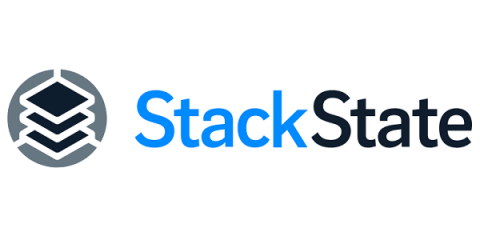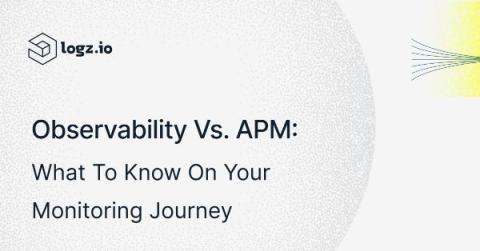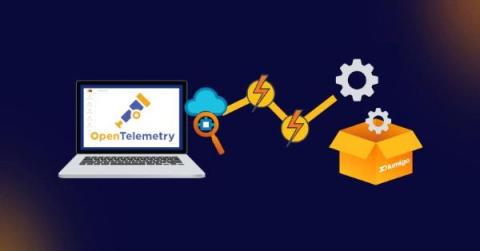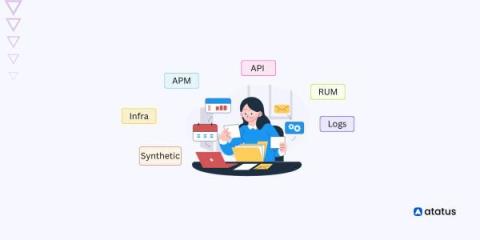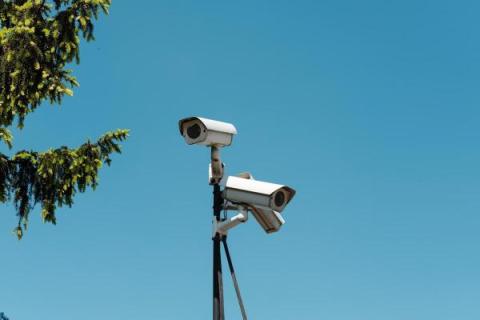Operations | Monitoring | ITSM | DevOps | Cloud
Latest News
How We Leveraged the Honeycomb Network Agent for Kubernetes to Remediate Our IMDS Security Finding
Picture this: It’s 2 p.m. and you’re sipping on coffee, happily chugging away at your daily routine work. The security team shoots you a message saying the latest pentest or security scan found an issue that needs quick remediation. On the surface, that’s not a problem and can be considered somewhat routine, given the pace of new CVEs coming out. But what if you look at your tooling and find it lacking when you start remediating the issue?
Exploring Observability's Role in Retail & E-Commerce
For retailers and ecommerce store owners, your bottom line is always affected whenever your service is down, due to today's consumers expecting their digital interactions to operate around the clock. This is particularly crucial during spikes in traffic due to sales, like Black Friday or Cyber Monday.
The Last Mile of Observability - Fine-Tuning Notifications for More Timely Alerts
No one wants to get an alert in the middle of the night. No one wants their Slack flooded to the point of opting out from channels. And indeed, no one wants an urgent alert to be ignored, spiraling into an outage. Getting the right alert to the right person through the right channel — with the goal of initiating immediate action — is the last mile of observability.
Observability vs. APM: What to Know on Your Monitoring Journey
In the ever-evolving landscape of software development and IT operations, monitoring tools play a pivotal role in ensuring the performance, reliability, and availability of your applications. Two key disciplines in this domain are observability and Application Performance Management (APM). This post will help you understand the nuances between observability and APM, exploring their unique characteristics, similarities, benefits and differences.
Choosing the Right Observability Tools for Developers
This is the third and final blog post in a series about shifting Observability left. If you have not yet read the first two, you can find the first post here and the second post here. Observability is fundamental to modern software development, enabling developers to gain deep insights into their application’s behavior and performance.
Building a Secure OpenTelemetry Collector
The OpenTelemetry Collector is a core part of telemetry pipelines, which makes it one of the parts of your infrastructure that must be as secure as possible. The general advice from the OpenTelemetry teams is to build a custom Collector executable instead of using the supplied ones when you’re using it in a production scenario. However, that isn’t an easy task, and that prompted me to build something.
Unified Observability: The Right Way Ahead
Observability, in modern software engineering, has evolved into a paramount concept, shedding light on the intricate inner workings of complex systems. Three essential pillars support this quest for clarity: logging, traces, and metrics. These interconnected elements collectively form the backbone of observability, enabling us to understand our software as never before. Think of a system as a bustling city.
The Role of Observability in Media and Entertainment
Digital transformation is at the core of media and entertainment organizations, it’s vital for these firms to constantly evolve to provide the best user experience to their customers. These companies must seek new and interesting content, services, and tailored offerings that enhance the audience’s experience and supply personalization. However, whilst these investments are essential to remain competitive, they’re also particularly costly.





